10+ Traditional Nigerian Clothing Styles You Need to Know About
- Home /
- blog post
Hello and welcome to TAROKTV blog! This post will go over some of the most famous and traditional Nigerian clothing styles that you should be aware of. This essay will take you on a tour through the various traditions of Nigerian fashion, from the exquisite beading of the Yoruba Aso Osorobo to the vibrant colors of the Igbo Chieftaincy outfit. Therefore, let's delve in and discover the fascinating trends that make up Nigerian fashion's unique tapestry.
The Agbada: A Magnificent Men's Garment
Men wear the agbada, a long, flowing robe, for special occasions such as weddings, festivals, and other major events. The garment is often constructed of a thick fabric such as silk, brocade, or cotton, and it is frequently embroidered with elaborate motifs. The agbada is typically worn with a hat or head wrap, and occasionally with a staff or walking stick.
The Gele: An Elegant Head Tie for Women's Clothing
The gele is a head wrap that Nigerian ladies use to add beauty to their outfits. The gele can be knotted in a variety of fashions and constructed from a variety of textiles such as cotton, silk, or linen. The head wrap can be simple or embellished with embroidery or beads, and it can be worn with a variety of traditional Nigerian garments such as the buba or the iro and buba.
The Buba: A Versatile Blouse That Comes in Different Styles
The buba is a versatile blouse that Nigerian women may wear with a variety of skirts, wraps, and slacks. The buba is available in several designs, including short-sleeved buba, long-sleeved buba, puffy-sleeved buba, and off-shoulder buba. The blouse can be basic or embellished with embroidery, beading, or other techniques.
The Danshiki: A Brightly Colored Shirt Popular Across Africa
The danshiki is a vibrant garment that originated in West Africa and has since spread throughout the continent. The shirt is often composed of cotton or silk and is generally embellished with large patterns or embroidery. The danshiki is suitable for both men and women and may be worn with a variety of slacks, skirts, or shorts.
The Iro and Buba: A Classic Combination for Women
The iro and buba is a traditional combination of a wrapper and a blouse used by Nigerian women for a variety of occasions including weddings, festivities, and religious activities. The iro is a wrapper that is knotted around the waist and fashioned of various textiles such as cotton, silk, or lace. The buba is a shirt that may be worn with a variety of iros, including the oleku iro and the tulip iro.
The Kaftan: A Long Tunic That Can Be Worn by Men and Women
The kaftan is a long tunic used by both men and women in Nigeria for various occasions such as weddings, festivals, and religious activities. The kaftan can be constructed of a variety of textiles, including silk, cotton, or brocade, and can be simple or embellished with embroidery or beads. The tunic may be worn with a variety of slacks or skirts.
The Ankara: A Vibrant Fabric That Is Used for Different Clothing Styles
The ankara is a vivid fabric that is used for several forms of Nigerian apparel, including the buba, iro and buba, kaftan, and agbada. Cotton fabric is typically patterned with bright and colorful patterns such as geometric forms, floral themes, or animal prints. Ankara is frequently used to create coordinated costumes for families or groups of friends.
The Aso Oke: A Hand-Woven Textile That Is Popular for Weddings
The aso oke is a hand-woven cloth used in Nigeria for weddings and other special events. The fabric is often composed of cotton or silk and woven into elaborate patterns like stripes, checks, or diamonds. The aso oke is frequently utilized to create matching ensembles for the bride and groom as well as the wedding party.
The Dashiki: A Loose-Fitting Shirt That Has Its Roots in West Africa
The dashiki is a loose-fitting shirt that originated in West Africa and is now popular worldwide. The shirt is often composed of cotton or silk and is generally embellished with large patterns or embroidery. The dashiki is suitable for both men and women and may be worn with a variety of slacks, skirts, or shorts.
The Kente: A Colorful Fabric That Is Associated with Ghana and Nigeria
The kente is a vibrant fabric associated with Ghana and Nigeria that is frequently used to produce traditional apparel such as the buba or kaftan. The fabric is often composed of silk or cotton and is woven in elaborate patterns like squares or diamonds. The kente is frequently used to create coordinated costumes for families or groups of friends.
The Isi Agu: A Lion-Headed Pattern That Is Common in Igbo Culture
The isi agu is a lion-headed motif that is popular in Igbo culture and is frequently used to embellish clothes such as the agbada or kaftan. The design is typically woven or embroidered into fabric and represents strength and power.
The Adire: A Tie-Dye Technique That Creates Unique Patterns on Fabric
Adire is a tie-dye process used to produce distinctive designs on fabrics such as buba and iro. Before dying the fabric, it is tied or stitched in various patterns, resulting in elaborate and vivid motifs.
The Akwete: A Hand-Woven Cloth That Is Made by Igbo Women
The akwete is a hand-woven textile manufactured by Igbo women that is frequently used to make clothes such as the buba or the iro. The fabric is often composed of cotton or silk and woven into elaborate patterns such as checks or stripes.
The Abeti Aja: A Yoruba Wrapper That Is Decorated with Dog Motifs
The abeti aja is a Yoruba wrapper with dog designs that is frequently worn by ladies for special events such as weddings or festivals. The wrapper is often composed of cotton or silk and is intricately woven or embroidered.
The Ukara: A Cloth That Is Used for Igbo Masquerade Costumes
The ukara is a textile that is frequently adorned with designs like as squares or circles and is used for Igbo masquerade costumes. The fabric is generally composed of cotton and stained with natural dyes like indigo.
The Agogo: A Bell-Like Accessory That Is Worn by Yoruba Women
The agogo is a bell-like item used by Yoruba women to compliment their traditional clothes, such as the buba or iro. The item is often made of brass or bronze and is ornately ornamented.
The Etibor: A Beaded Belt That Is Worn by Ijaw Women
The Etibor is a beaded belt that Ijaw women in Nigeria customarily wear. The Ijaw are an ethnic group from Nigeria's Niger Delta area, and the Etibor is a significant cultural icon for them.
The belt is created by weaving small glass beads into complicated patterns and designs, which frequently incorporate traditional Ijaw themes like as birds, fish, and geometric forms. The colors of the beads used in the belt frequently have symbolic importance, with red signifying love and passion, white representing purity and serenity, and blue representing the sea and sky.
The Etibor is usually worn around the waist and is accompanied by a matching beaded necklace and earrings. It is an essential aspect of Ijaw traditional attire and is frequently worn for major events like as weddings, festivals, and cultural rituals.
Apart from its traditional importance, the Etibor is a significant source of income for many Ijaw women who produce and sell the belts. The intricate beading method necessitates expertise and patience, and the completed goods are highly prized by both Ijaw and visitors to the region.
Conclusion
Traditional Nigerian clothing styles are distinct and exquisite works of art that reflect the country's culture and history. These traditional clothing designs, with their vividly colored materials and complex detailing, are a terrific way to demonstrate pride in your culture and admire the beauty of traditional Nigerian clothes. These 10 traditional Nigerian clothing designs are a wonderful place to start if you're seeking for traditional Nigerian clothes for a particular event or just want to add a bit of Nigerian culture to your wardrobe.
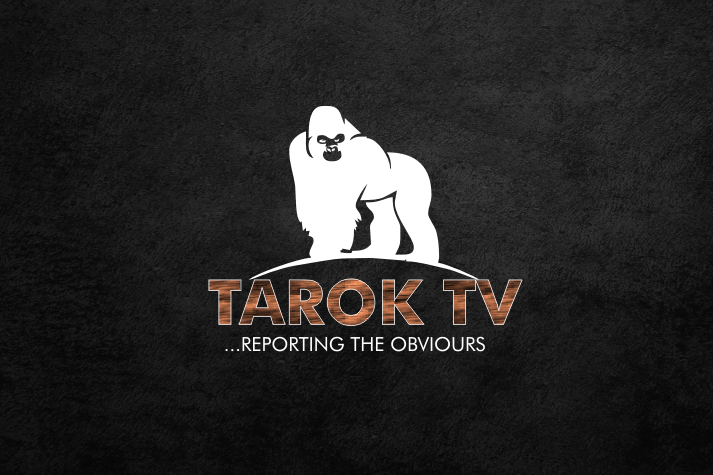
About Admin - Admin
TarokTv, ...Reporting the obvious.
Contact
Phone number: 07062319173
Email: [email protected]
Reach out to us with any news or article.
Latest Articles
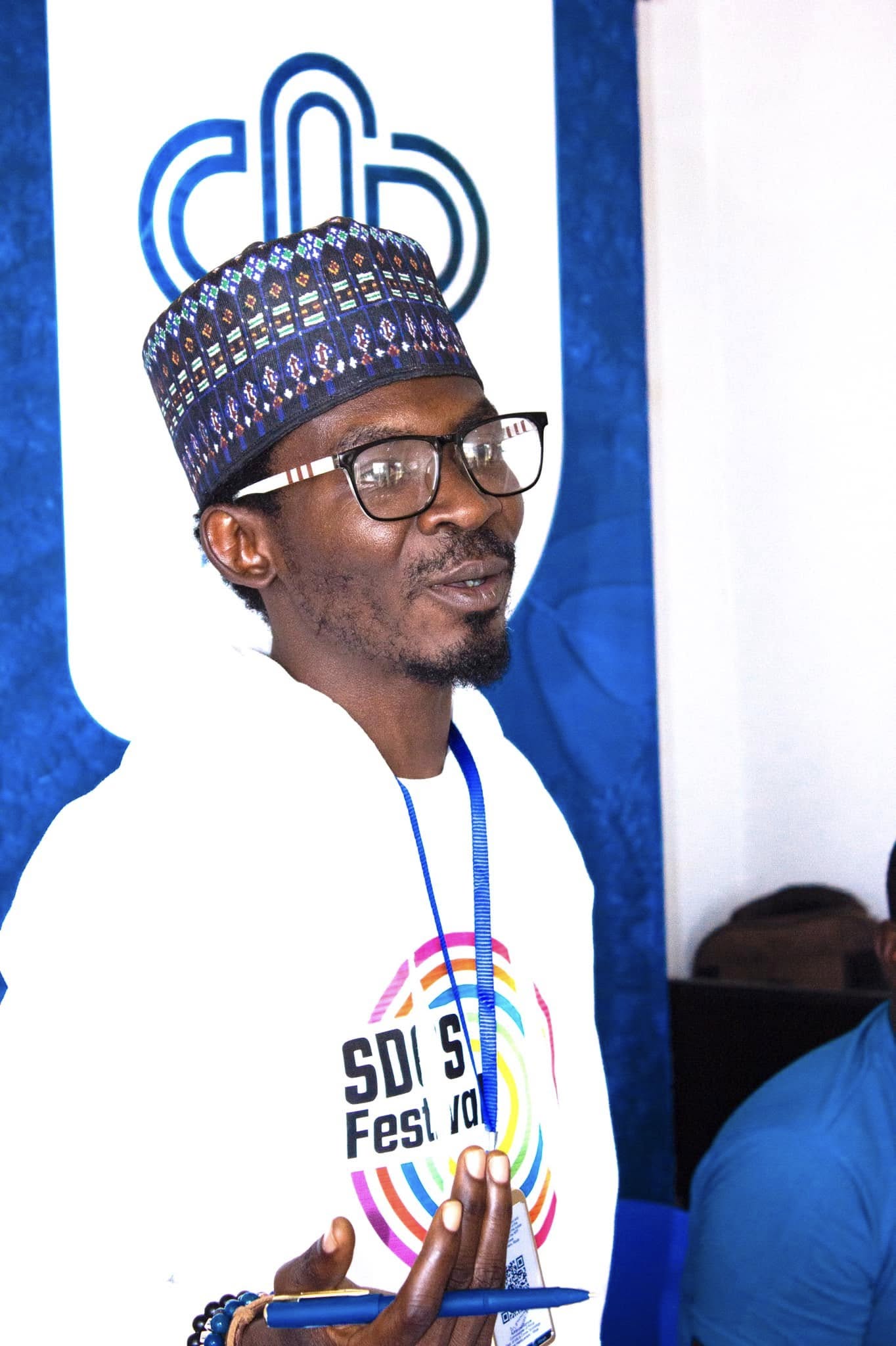
Success leaves clues, and those who seek to make a difference must study the lives of those who…
read more
Langtang, a town in Plateau State, Nigeria, is not just another dot on the map but a significant origin for…
read more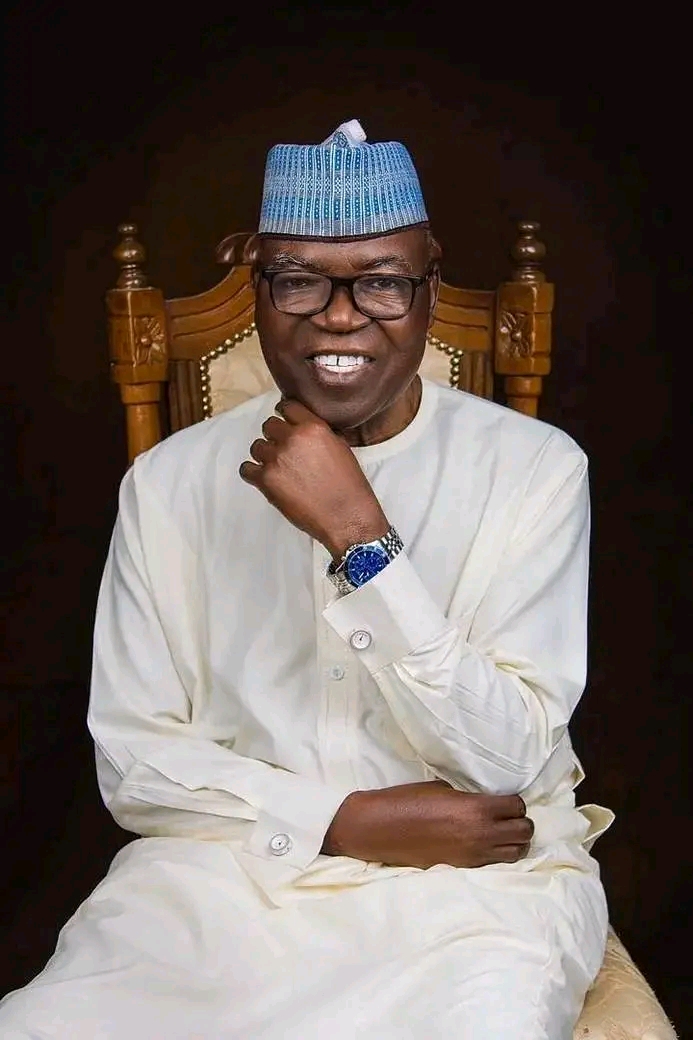
Brief Biography of Gen. (Senator) Jeremiah Timbut Useni
Early Life and Education:
Jeremiah Timbut Useni, often referred to as "Jerry Boy," was born on February 16, 1943,…
read more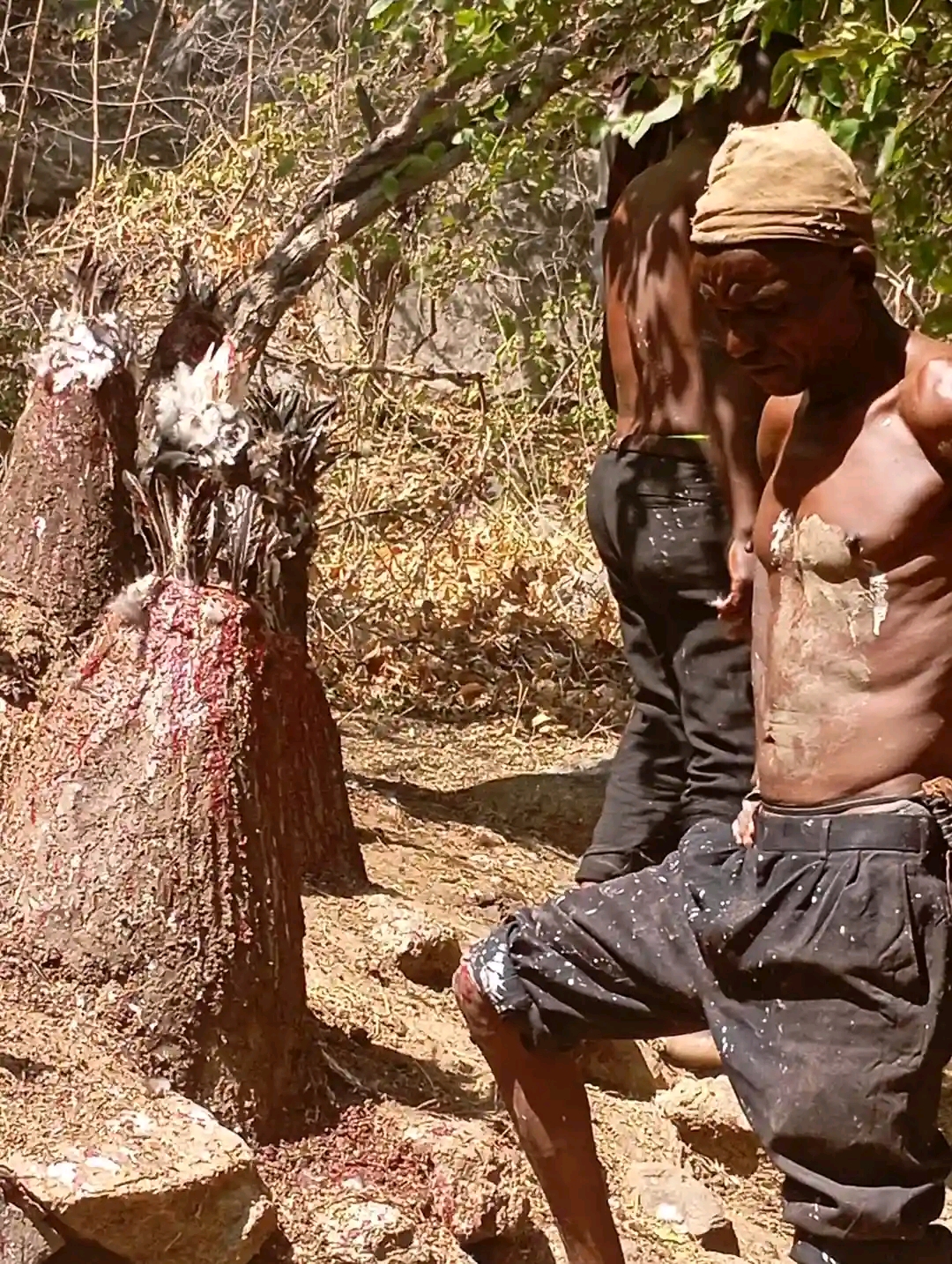
The Ibiari: A Sacred Tradition in Tarok land
The Ibiari Oga Sa festival, an annual tradition in Tarokland, was celebrated today as part of the year-end observance marking…
read more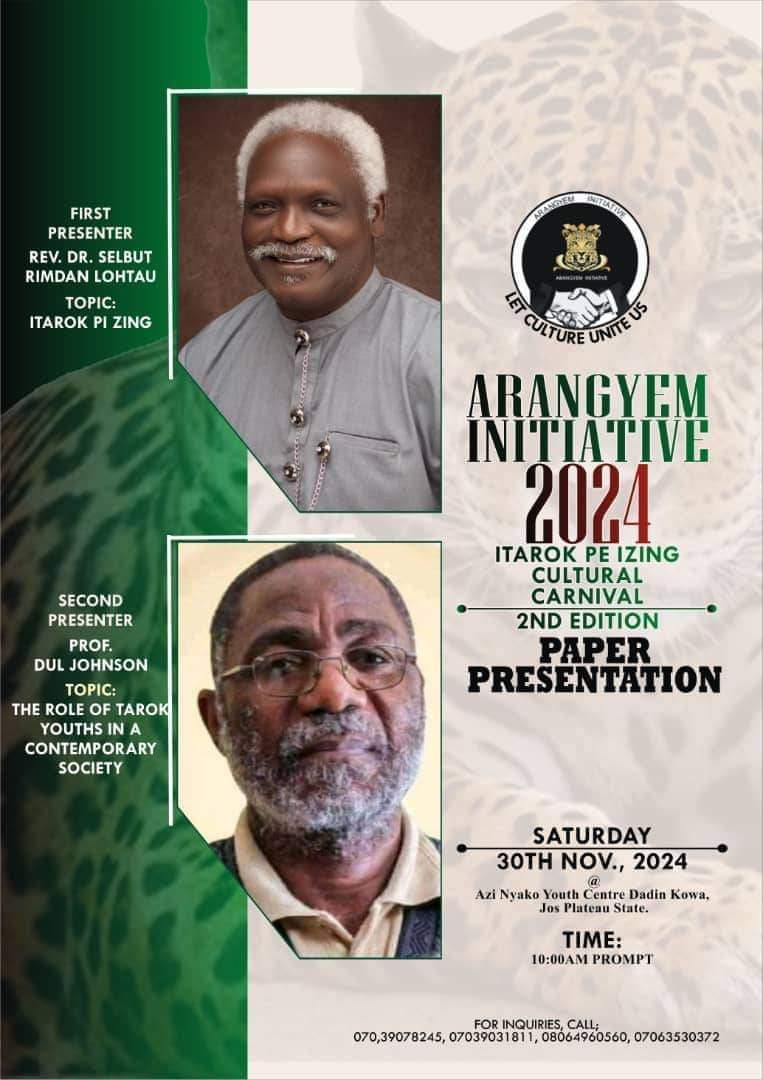
ITAROK PA IZING BY REV. DR. SELBUT LONGTAU
A PAPER PRESENTATION AT ITAROK PA IZING 2ND CARNIVAL HELD AT THE AZI NYAKO YOUTH CENTRE, JOS, 30TH NOVEMBER, 2024
… read more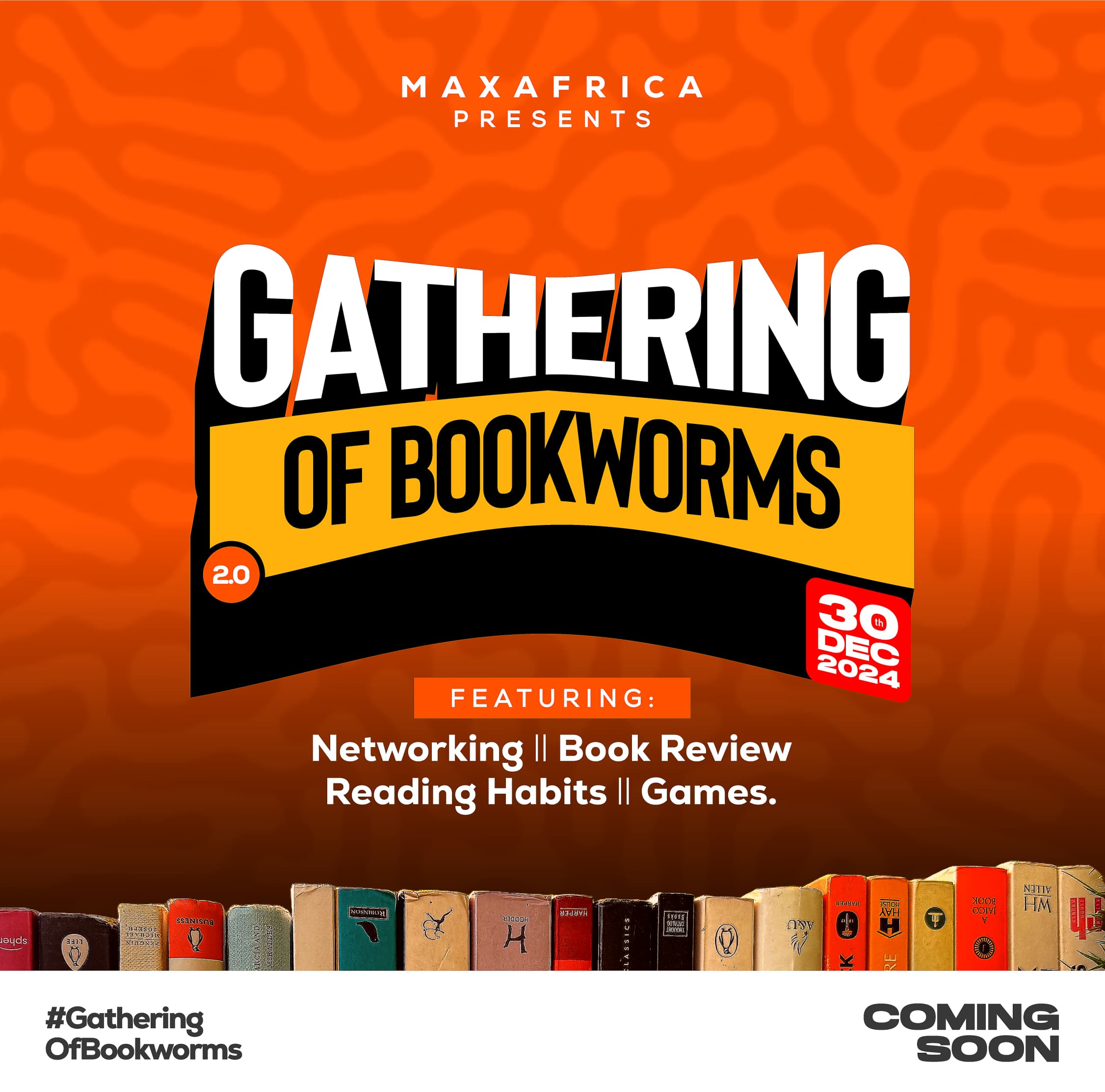
TarokTv News: The Return of "Gathering of Bookworms" - A Literary Revival in Langtang North/South
TarokTv is thrilled to announce the upcoming edition of the Gathering of Bookworms, a celebrated event aimed at uniting the…
read moreLatest Albums
Recent videos
Copyright © 2020 - TarokTv designed by Taroktv Media.

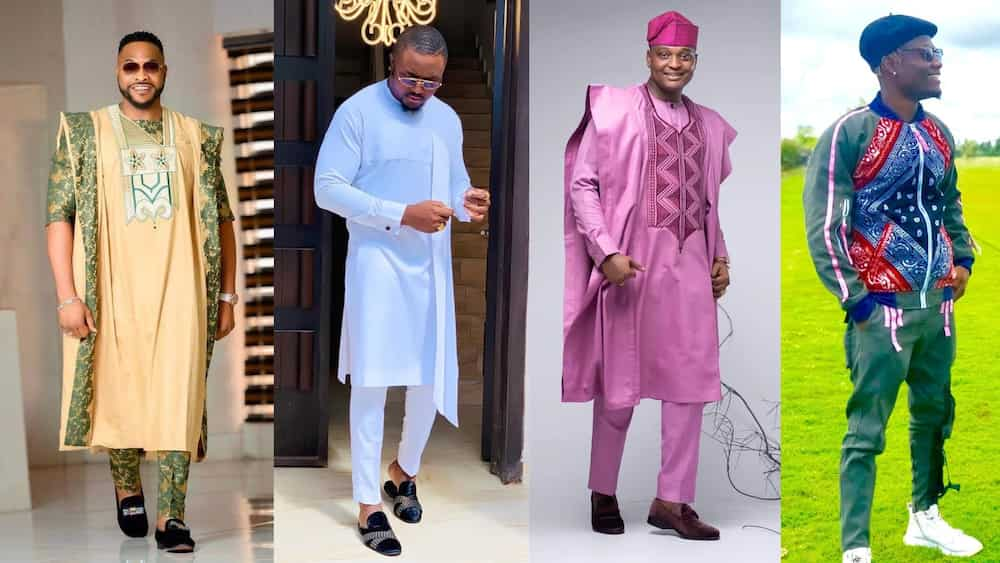
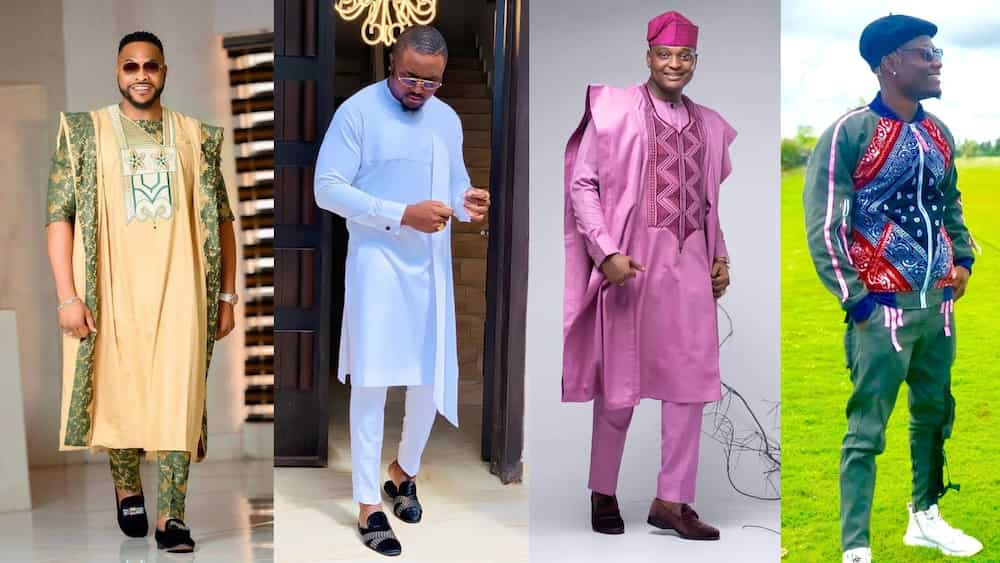


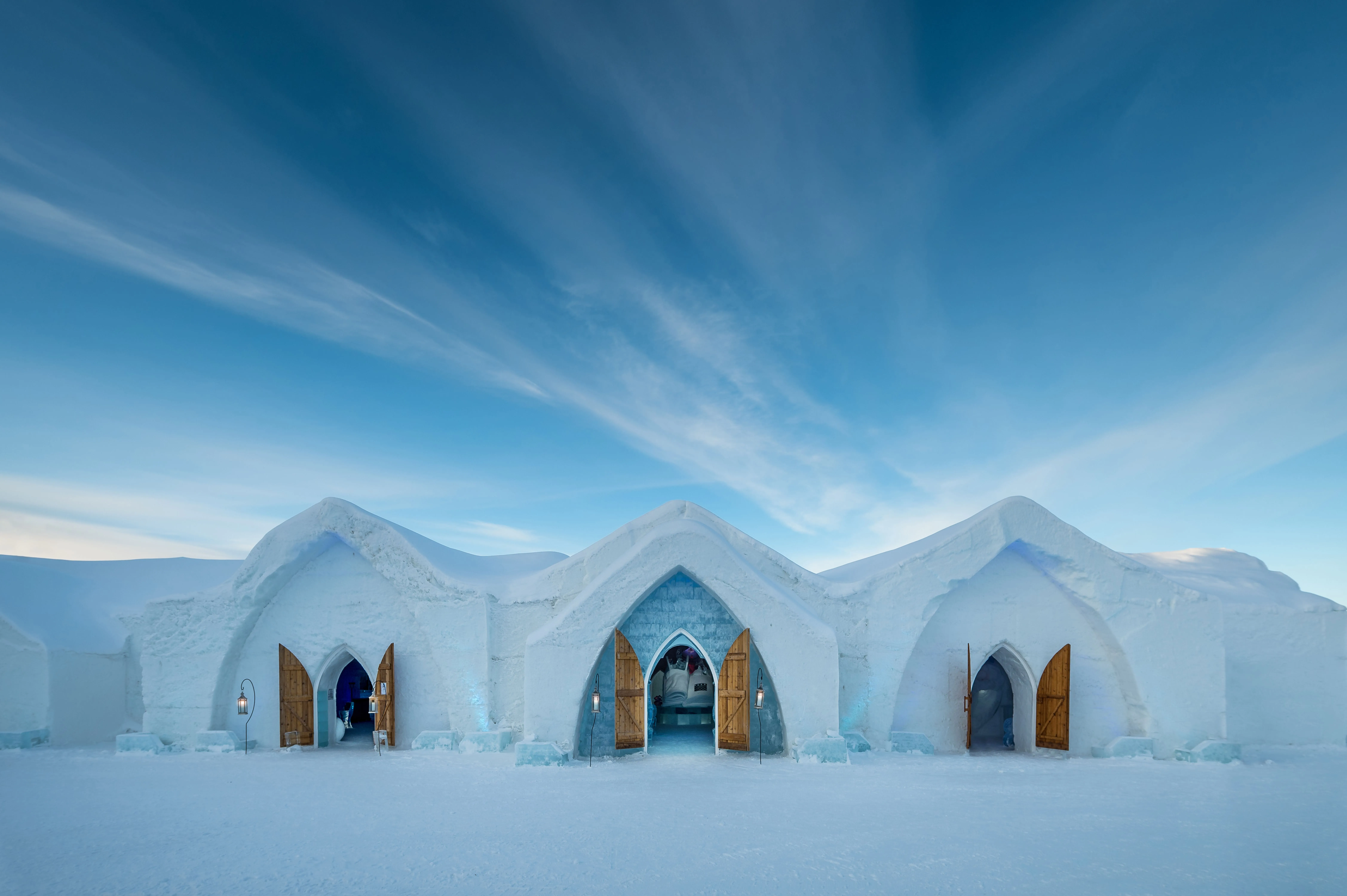

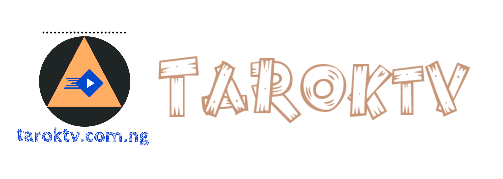
leave a comment
0 comment